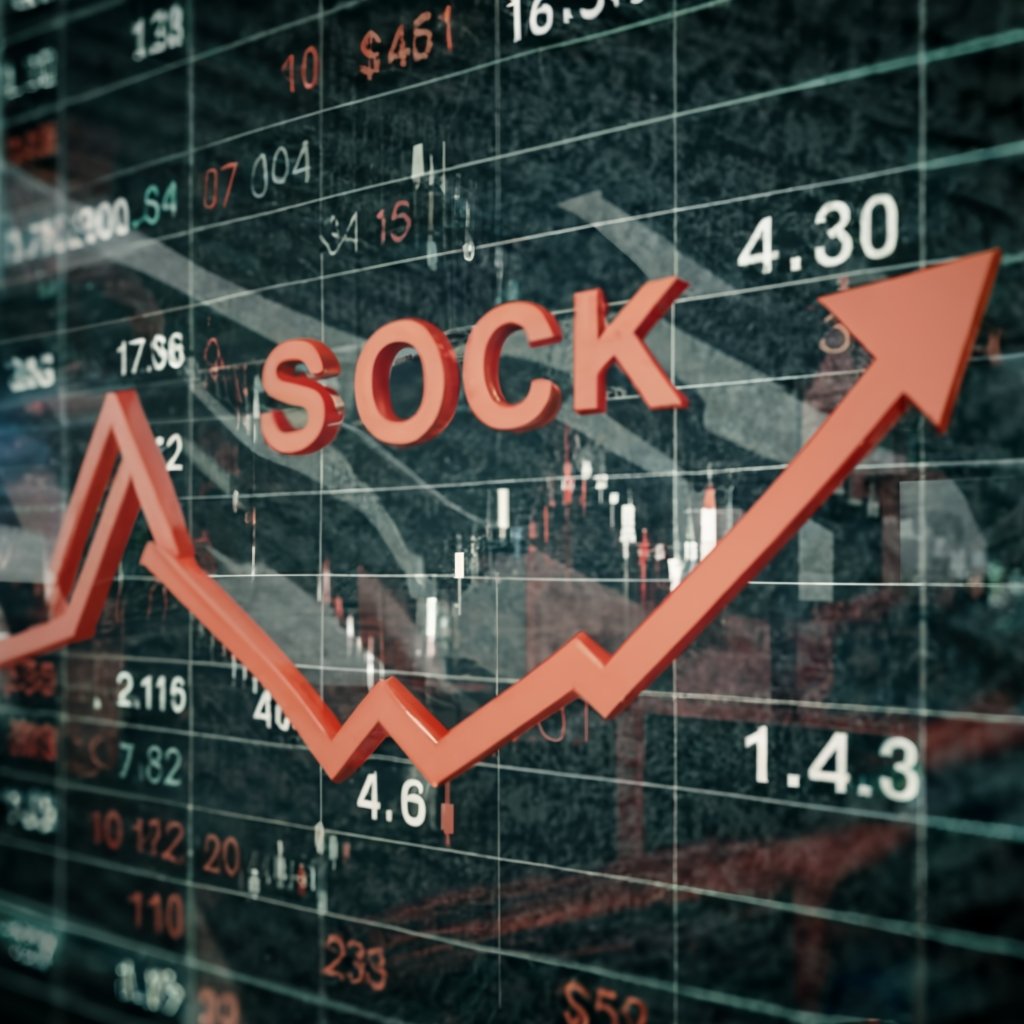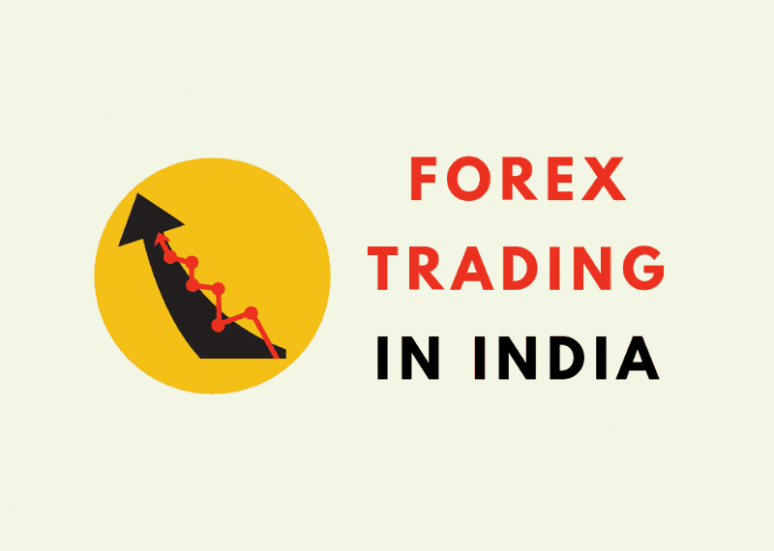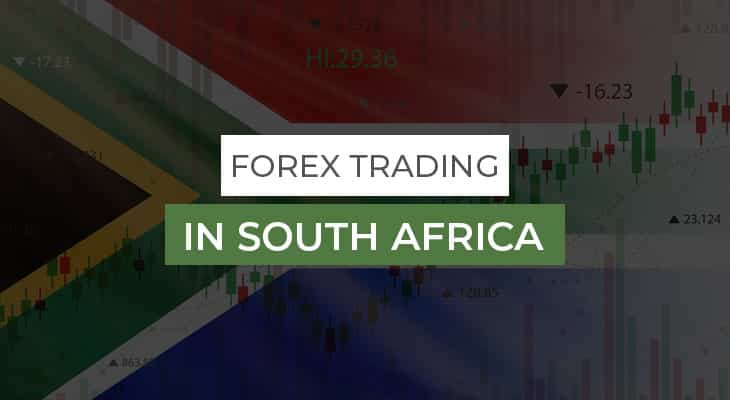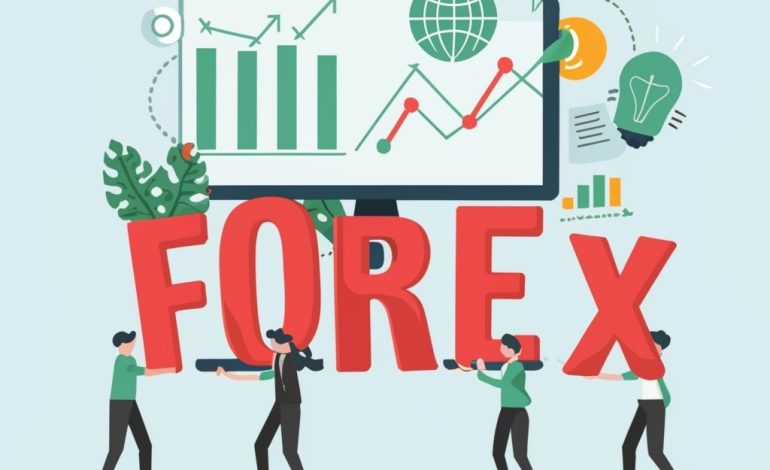
How to Start Forex Trading for Beginners: ( step-by-step guide for a total beginner in 2024)
So, you’ve heard about Forex trading, and you’re eager to dive in. But where do you begin? Fear not, aspiring trader! In this comprehensive step-by-step guide, we’ll unravel the mysteries of Forex trading and show you how to get started on your journey to financial freedom.
Table of Contents
Understanding the Forex Market
Before we jump into the deep end, let’s dip our toes in and understand the basics.
What is Forex Trading?
At its core, Forex (foreign exchange) trading is like a global currency marketplace. It’s where currencies from around the world are bought and sold. Imagine it as a bustling bazaar, with traders exchanging money to make a profit.
Foreign exchange trading is conducted electronically over-the-counter (OTC), meaning it takes place 24 hours a day, five days a week, across various financial centers worldwide.
Currency Pairs
In Forex trading, currencies are always traded in pairs. You might see pairs like EUR/USD (Euro/US Dollar) or GBP/JPY (British Pound/Japanese Yen). Think of these pairs as two competing teams in a sports match, where you’re betting on the outcome. Understanding these pairs is fundamental to navigating the Forex market.
Getting Started: Your Journey Begins
Now that you have a grasp of the basics, let’s gear up and start your Forex adventure.
Choosing a Reliable Broker
Before you jump into the ring, you’ll need a coach—or, in Forex lingo, a broker. Your broker is your gateway to the Forex market, providing you with access to the trading platforms and tools you need to participate.
When choosing a broker, consider factors such as regulation, reputation, trading fees, available currency pairs, and the quality of their trading platform. It’s like selecting a trusted guide before embarking on a thrilling expedition.
However, the only brokerage I’ll vouch for is Kwakol Markets. They are not just the best for successful forex traders but also the perfect ideal for total beginners like you.
Why Kwakol Markets Is the Ultimate Choice for Beginner Traders Like You

When it comes to venturing into the world of online stock trading, choosing the right brokerage platform is akin to selecting the perfect vehicle for a road trip. You want something reliable, easy to navigate, and equipped to handle the journey ahead. For total beginners, Kwakol Markets emerges as the ultimate choice, offering a comprehensive toolkit to kickstart your trading career. Here’s why Kwakol Markets stands head and shoulders above the rest:
- User-Friendly Interface: Kwakol Markets takes the complexity out of trading. Their platform boasts an intuitive interface designed with beginners in mind. Navigating through the dashboard, placing orders, and monitoring your investments is as simple as a few clicks. It’s like driving an automatic car—smooth and straightforward.
- Educational Resources: Knowledge is your compass in the trading world. Kwakol Markets understands this and provides an abundance of educational resources. From video tutorials to webinars and in-depth articles, they offer a treasure trove of information to help you grasp the nuances of trading. It’s like having a GPS guiding you through unfamiliar terrain.
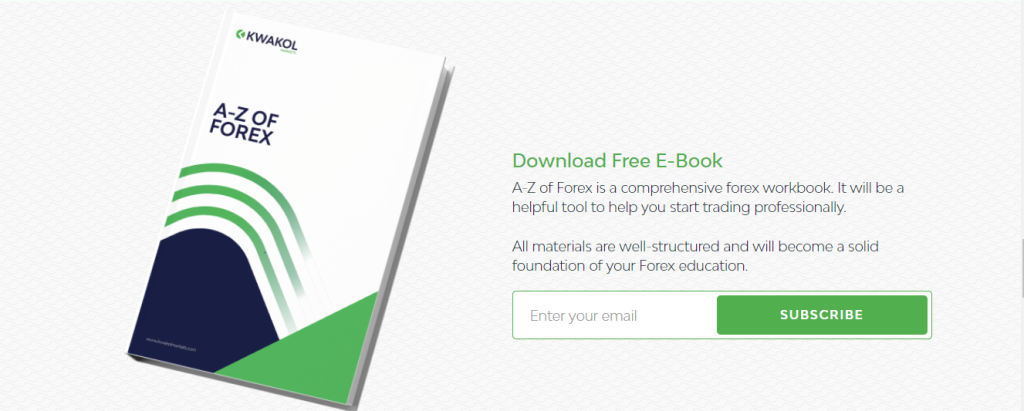
- Demo Accounts: Before you hit the open road, it’s wise to practice in a safe environment. Kwakol Markets offers demo accounts where you can trade with virtual money. It’s like taking a test drive without any risk, allowing you to gain confidence and experience.
- Range of Assets: Variety adds spice to the journey. Kwakol Markets offers a wide range of tradable assets, including forex, stocks, indices, commodities, and cryptocurrencies. This diversity means you can explore different investment avenues, diversifying your portfolio like a well-planned route with exciting stops along the way.
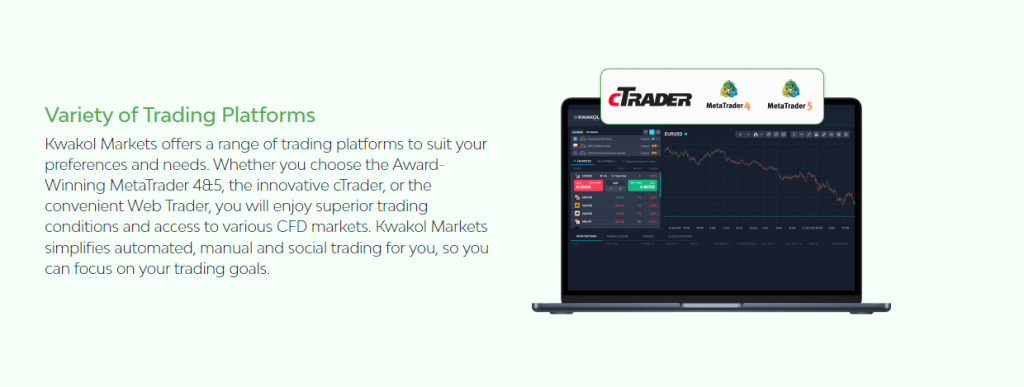
- Regulation and Security: Safety is paramount in trading. Kwakol Markets is a regulated broker, providing you with peace of mind that your funds are secure. It’s like having a top-notch security system for your vehicle to prevent any mishaps on the road.
- Cutting-Edge Technology: Kwakol Markets platform is powered by cutting-edge technology, ensuring fast execution and minimal downtime. Think of it as a high-performance engine that keeps your trading journey smooth and efficient.
- Customer Support: Roadblocks are inevitable, but Kwakol Markets customer support team is there to assist you 24/5. Whether you have questions, encounter issues, or need guidance, they are just a call or message away. It’s like having a trusted roadside assistance service to rescue you when needed.
- Competitive Spreads and Fees: Nobody likes surprise tolls on their road trip. Kwakol Markets offers competitive spreads and transparent fees, allowing you to keep more of your profits. It’s like finding a route with minimal toll booths.
Kwakol Markets isn’t just an online broker; it’s your ideal co-pilot as a beginner trader. With a user-friendly interface, a wealth of educational resources, and a commitment to your security, Kwakol Markets sets the stage for a successful trading journey. So buckle up and embark on your trading adventure with the confidence that Kwakol Markets has your back. It’s time to hit the road to financial success!
Opening Your Trading Account
With a broker by your side, it’s time to set up your trading account. This is like getting your gear ready before a big game. Here’s what you’ll typically need to do:
- Fill out an application with your chosen broker, providing personal information and financial details.
- Verify your identity by submitting the required documents, such as a passport or driver’s license.
- Fund your account with an initial deposit. The amount can vary, but you can start with a relatively small sum.
Once your account is active, you’re officially in the game!
Demystifying Forex Trading Platforms
Forex trading happens on platforms. These are like your playbook for the game. You’ll use them to place orders, track your trades, and analyze market data. Common trading platforms include MetaTrader 4 (MT4) and MetaTrader 5 (MT5).
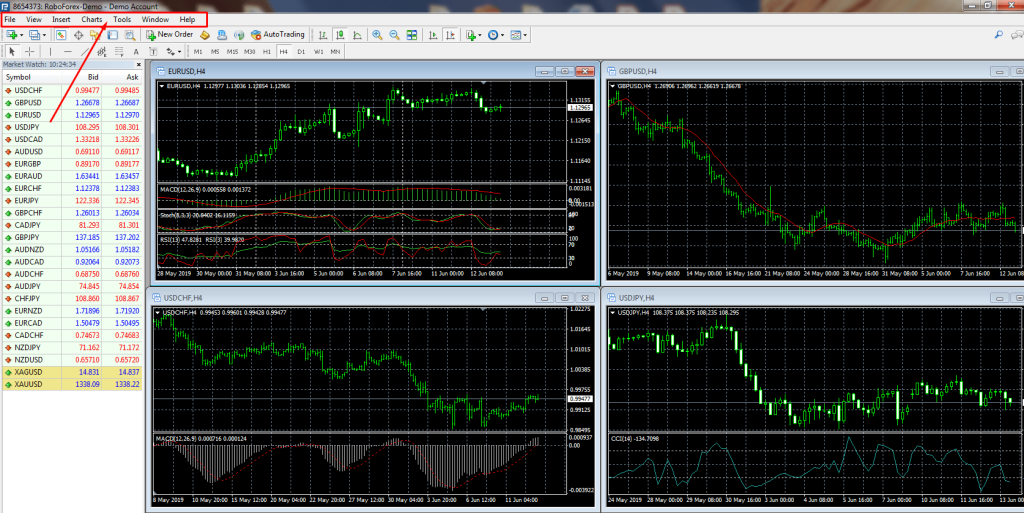
Trading platforms offer various features, including real-time charts, technical analysis tools, and news feeds. It’s essential to choose a platform that suits your trading style and preferences.
The Art of Trading: Strategies and Analysis
Trading in Forex isn’t just about throwing darts at a board; it’s a skill that requires strategy and analysis. Let’s delve into the two primary forms of analysis used by Forex traders.
Fundamental Analysis: The Big Picture
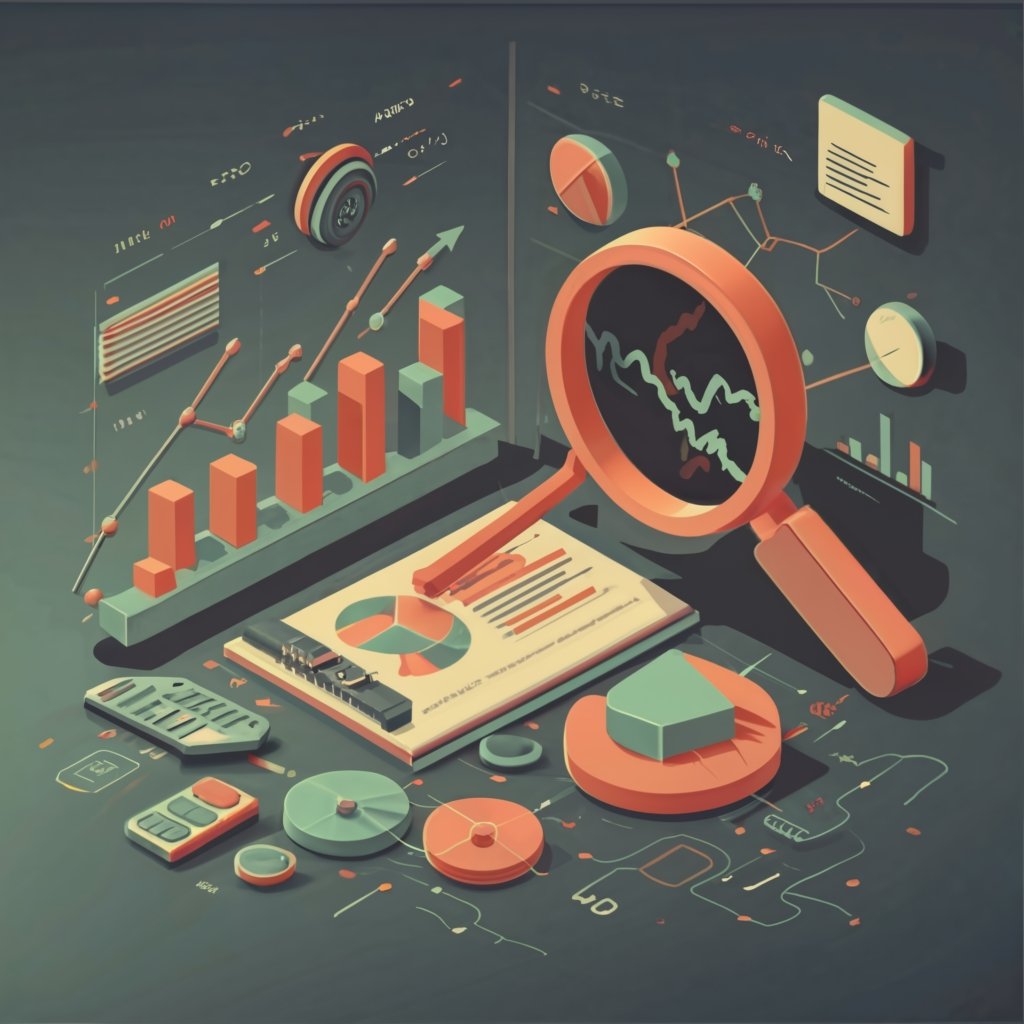
Think of fundamental analysis as checking the weather forecast before planning a road trip. It’s all about understanding the larger forces affecting the market.
Fundamental analysis involves evaluating economic indicators, geopolitical events, and central bank policies. These factors can impact currency values. Here are some key components of fundamental analysis:
- Economic Indicators: These include GDP growth rates, employment data, inflation figures, and trade balances. Traders use these indicators to gauge the overall health of a country’s economy.
- Central Bank Policies: Central banks, such as the Federal Reserve (Fed) in the United States or the European Central Bank (ECB), play a crucial role in Forex markets. Changes in interest rates or monetary policies can have a significant impact on currency values.
- Geopolitical Events: Political stability, elections, and international relations can influence a country’s currency value. Traders keep a close eye on these developments.
Understanding these factors can help traders make informed decisions. It’s like studying the map and weather conditions before embarking on your road trip.
Technical Analysis: The Fine Details
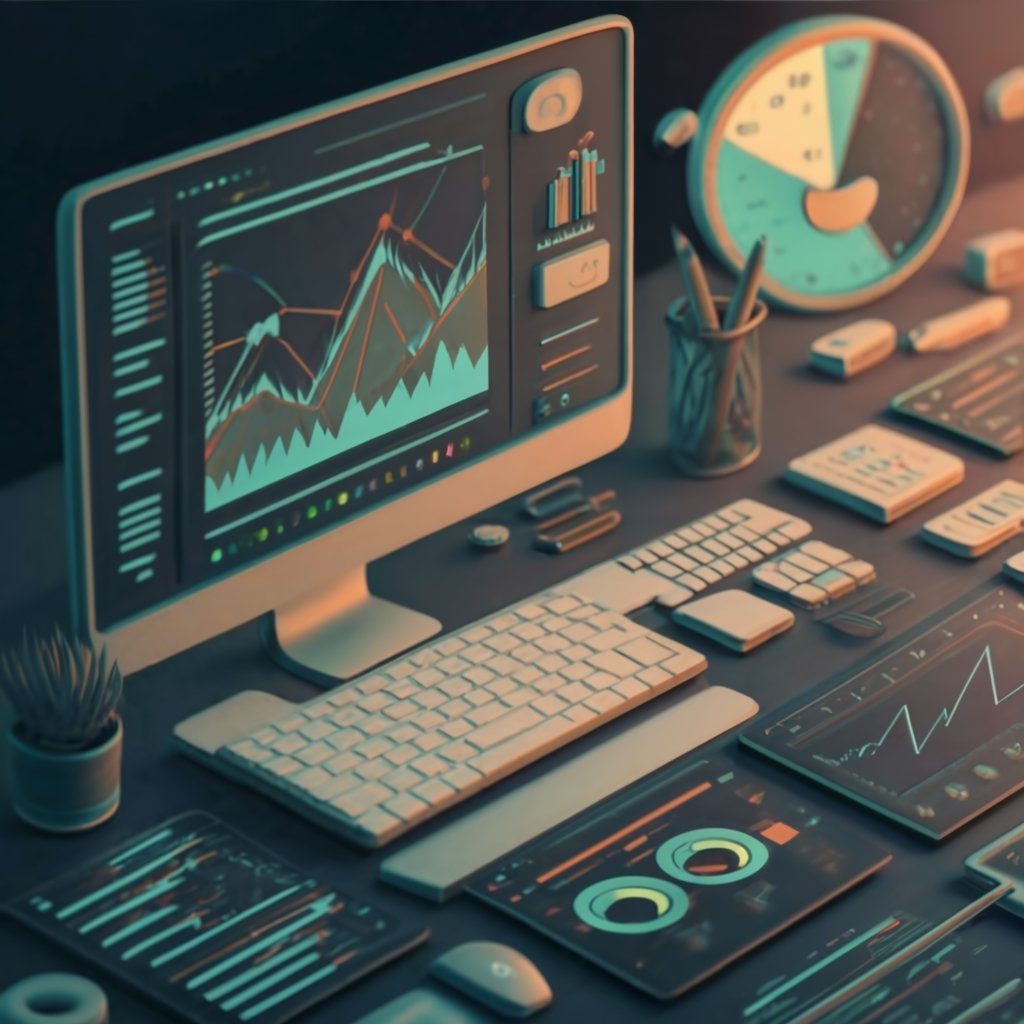
While fundamental analysis is the weather forecast, technical analysis is like studying the roadmap. It helps you navigate the twists and turns of the market by analyzing historical price data and identifying potential trends.
Key components of technical analysis include:
- Candlestick Patterns: Traders use candlestick patterns to identify potential price reversals or continuations. These patterns are formed by the open, high, low, and close prices of a currency pair during a specific time frame.
- Support and Resistance Levels: Support levels are price levels where a currency pair tends to find buying interest, preventing it from falling further. Resistance levels are where selling interest typically emerges, preventing further price increases.
- Indicators and Oscillators: These tools, such as moving averages, Relative Strength Index (RSI), and MACD (Moving Average Convergence Divergence), provide additional insights into price trends and potential reversals.
Technical analysis aims to identify entry and exit points based on historical price patterns and market sentiment. It’s like using your roadmap to plan your journey and make decisions along the way.
Risk Management: Your Safety Net
Imagine you’re tightrope walking between skyscrapers. That net beneath you? That’s risk management. It keeps you safe when things get tricky.
Risk management is a critical aspect of Forex trading. It involves strategies and techniques to protect your capital and minimize potential losses. Here are some risk management principles to keep in mind:
- Position Sizing: Determine how much of your capital you’re willing to risk on a single trade. A common rule is to risk no more than 1-2% of your trading capital on any given trade.
- Stop-Loss Orders: A stop-loss order is like an emergency brake for your trades. It specifies a price at which your trade will automatically be closed to limit potential losses.
- Diversification: Avoid putting all your eggs in one basket. Diversify your trading portfolio by trading multiple currency pairs rather than focusing on just one.
- Risk-Reward Ratio: Before entering a trade, consider the potential reward compared to the risk. A favorable risk-reward ratio ensures that potential profits outweigh potential losses.
- Emotional Discipline: Emotional discipline is like keeping a steady hand while performing delicate surgery. It involves sticking to your trading plan and avoiding impulsive decisions driven by fear or greed.
By implementing these risk management principles, you can protect your trading capital and increase your chances of long-term success in Forex trading.
Making Your First Trade: The Exciting Part
Now, it’s time to step onto the trading floor and make your first move.
Placing Your Order
Making a trade is like placing a bet. You choose a currency pair, decide whether it will go up (buy) or down (sell), and determine how much you want to invest. Here’s a simplified step-by-step process:
- Select a Currency Pair: Choose a currency pair that you want to trade. For example, EUR/USD.
- Determine Your Position: Decide whether you believe the currency pair’s value will rise (buy) or fall (sell).
- Set Your Trade Size: Determine how much of the currency pair you want to trade. This is known as your “lot size.”
- Place Your Order: Execute your trade through your trading platform. You’ll specify the currency pair, position (buy or sell), and lot size.
- Monitor Your Trade: Once your trade is active, keep an eye on it. You can set stop-loss and take-profit orders to manage your risk and automatically close the trade when specific conditions are met.
- Close Your Trade: When you’re ready to close your trade, you’ll execute a reverse trade. If you initially bought the currency pair, you’ll sell it, and vice versa.
It’s crucial to practice risk management when placing trades and to avoid risking more than you can afford to lose.
Leverage: The Double-Edged Sword
Leverage is like using a magnifying glass to see things better. It amplifies your gains, but it can also magnify your losses. In Forex trading, brokers often offer leverage, allowing you to control larger positions with a relatively small amount of capital.
For example, if you have a leverage of 50:1, you can control a position size 50 times larger than your initial investment. While leverage can enhance your potential profits, it also increases the risk of significant losses.
It’s essential to use leverage cautiously and only after understanding its implications. Many successful traders opt for lower leverage or even choose not to use it at all to reduce risk.
Managing Your Trades
Once you’re in the game, you need to keep an eye on your trades. It’s like playing chess—you need to think ahead.
Here are some key points to consider:
- Trade Monitoring: Regularly review the status of your open trades. Monitor market conditions and news that may impact your positions.
- Adjusting Stop-Loss and Take-Profit Orders: You can modify your stop-loss and take-profit orders as the market moves. This allows you to lock in profits and limit potential losses.
- Market Analysis: Continue to analyze the market to make informed decisions. Use both fundamental and technical analysis to guide your trades.
- Emotional Control: Emotions can cloud judgment. Avoid making impulsive decisions based on fear or greed. Stick to your trading plan.
- Keep Learning: Forex markets are dynamic and constantly evolving. Stay informed about market news, economic events, and changes in global affairs that may affect currency values.
Continuous Learning: The Journey Never Ends
Forex trading is an ongoing learning experience.
Staying Updated
Forex is like a fast-paced sport. You need to stay updated with the latest news and events that can affect currency prices. Economic reports, central bank announcements, and geopolitical developments can have a significant impact on the Forex market.
You can stay informed through financial news websites, economic calendars, and news feeds provided by your trading platform. Being aware of potential market movers can help you make informed trading decisions.
Practice Makes Perfect
Think of Forex trading as learning to play a musical instrument. The more you practice, the better you become. Fortunately, many brokers offer demo accounts that allow you to practice trading with virtual money. This is an excellent way to hone your skills without risking real capital.
Additionally, consider keeping a trading journal. Recording your trades, the reasons behind your decisions, and the outcomes can provide valuable insights into your trading habits and help you improve over time.
Congratulations, brave trader! You’ve completed the first leg of your journey into the world of Forex trading. Remember, Rome wasn’t built in a day, and neither is a successful Forex trader. Stay curious, keep learning, and enjoy the ride!




